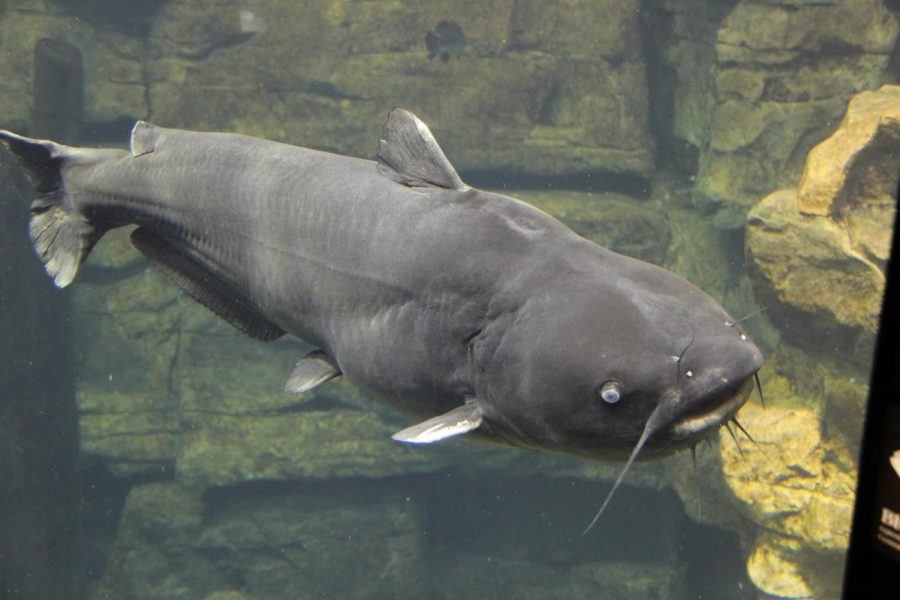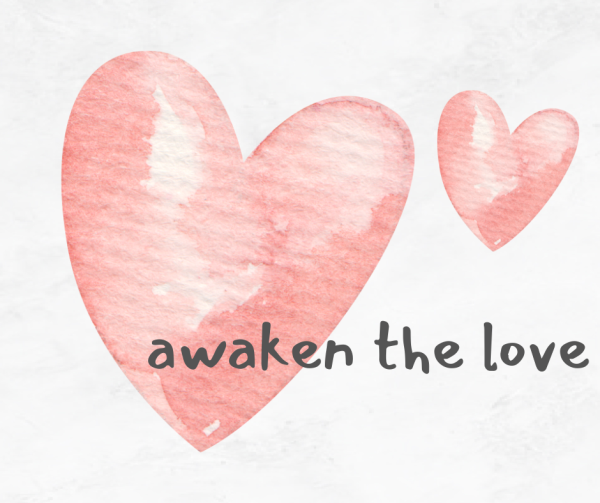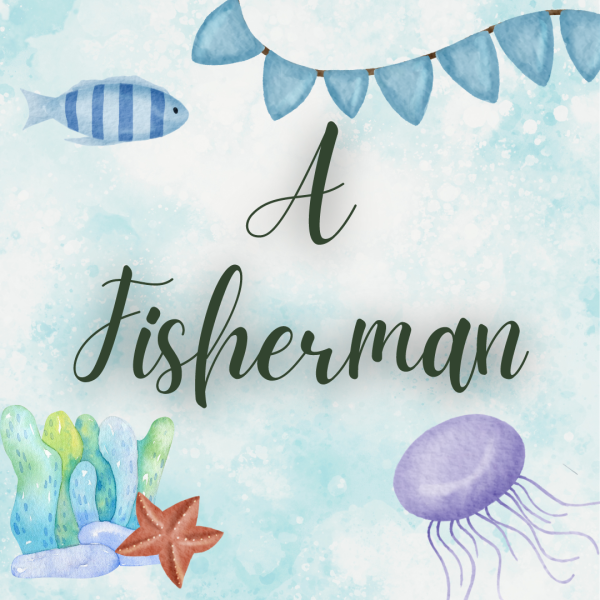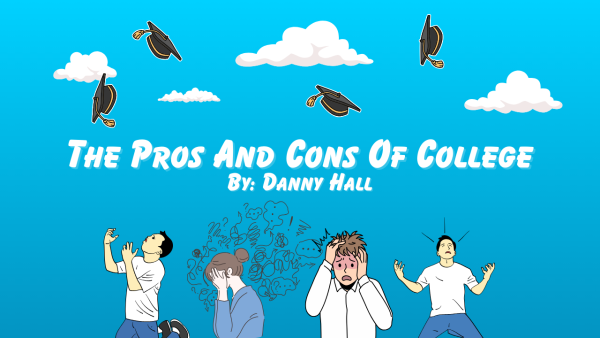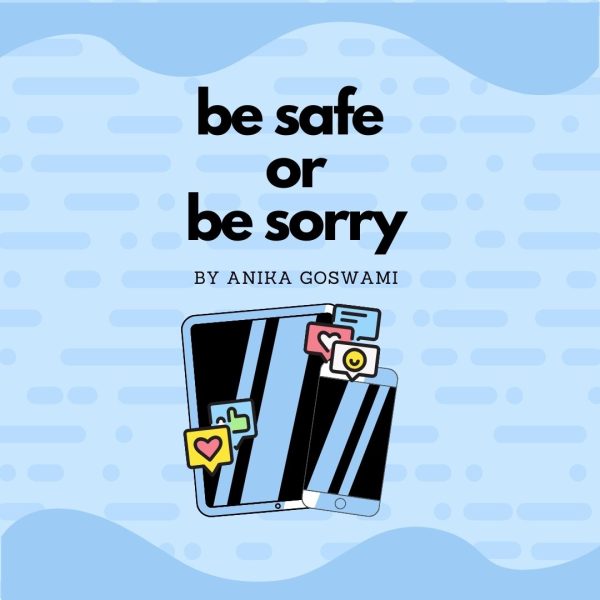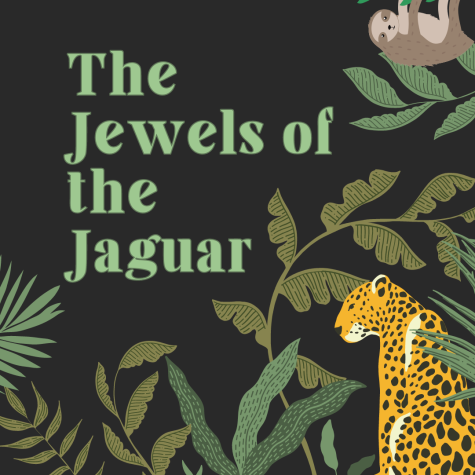CATFISH INVASION
A food chain destroyer
The blue catfish are an invasive species to the Chesapeake Bay. In the 1970s, Virginia brought this species to the ponds because it was a wild-growing catfish with an extraordinary taste to the Virginians. Another reason they brought this catfish in was because they thought this was a good chance for recreational sport fishing. But mostly this wild splashy fish makes you want to pull up thousands! Scientists and several other groups try to stop this massive creature from destroying the food web of Chesapeake Bay.
About the blue catfish
The blue catfish is one of the biggest and weirdest species of catfish in all of North America. It’s greyish with a shade of blue and it has a white underbelly, which is a big sack for food; the belly sticks out if the catfish eats a lot of food. It also has a wide head with a dorsal hump which is located in the center of their backs. Also, they have no scales making them very smooth and a forked tail. They reach a length of 65 inches and a weight of 68 kilograms. They typically live to around 20 years. The blue catfish, along with all catfish is a bottom feeder meaning it eats scraps off the ground. The normal diet of baby blue catfish is small fish and aquatic insects. The Chesapeake Bay has a lot of mosquitoes giving a lot of food to young blues, making them huge! And older catfish eat crayfish, mussels, and other fish, including one of the most prized and loved blue crabs, also known as the “Chesapeake blue crab”. The largest blue catfish caught in the Chesapeake Bay weighed 84 pounds and was caught in 2012.
Threats in the ecosystem
The Blue Catfish is showing lots of threats because in the food chain many animals rely on the bivalves (a type of oyster) to live. And when the overpopulated Blue catfish comes, it’s got no predators, so it will eat and eat all the oysters. Including other species of native fish and loved creatures like the blue crab.
The solution to the problem
The new plan to keep this wild fish under control is its good taste! The fish has a good taste, so the Blue Ocean Institute let fishers catch many, and seafood restaurants that sold blue catfish went from 0 to about 20,000 pounds of blue catfish a week! That gives another way to make lots of money for small business, independent fishermen. They want to make the numbers as low as they can and maintain that population so that no other sea creature is threatened or harmed
Lastly, this will improve our newest generation by Allowing people to catch and sell these invasive species for money and give jobs in the hard times of covid 19. The new generation is the world’s only hope to get the economy back on track and this is a great way to do it.
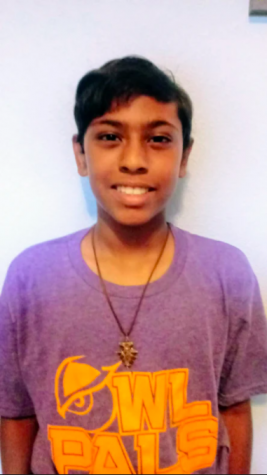
I'm Ezra I love drawing and searching for good stories. I love making boring articles modern and enticing not an old paper with just plain facts.


